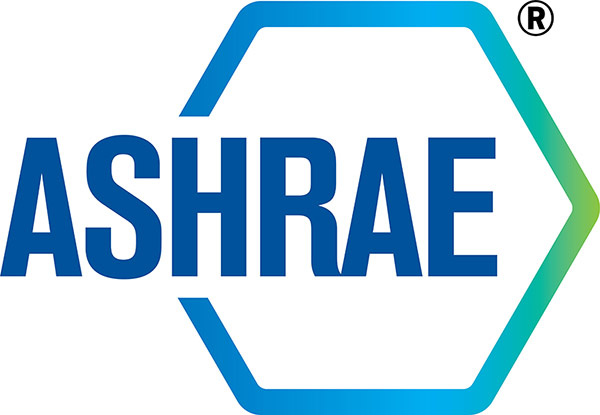Characterizing Interzonal Air Leakage in Multi-Unit Residential Buildings and impact on building performance
Measuring interior partition air leakage rates in MURBs using a sequential pressure neutralization blower door test. Then, using a coupled airflow network-whole building energy simulation framework to assess the impact of compartmentalization measures on indoor air quality and building energy consumption.
Status: Completed
Research themes: Energy and GHG emissions Health and comfort
Research areas: Solutions for air leakage, ventilation and filtration; Building design and retrofits for performance improvement
Project Objective
The goal of this project is to quantify inter-zonal airflow in MURBs through measurement and then investigate how different parameters (e.g., climate, inter-zonal air leakage rates, ventilation system type, etc.) impact inter-zonal airflow. The results will help to identify effective compartmentalization measures, to improve building design and construction practices.
Approach
Partition airtightness is measured using a sequential pressure neutralization blower door test. A single suite test consists of five “sub-tests”. The first sub-test measures the air leakage across all exterior and interior pressure boundaries. Pressurization/depressurization of the test suite is then repeated with each subsequent test pressurizing/depressurizing additional adjacent interior zones alongside the test suite. The final sub-test includes pressurization/depressurization of the test suite and all surrounding interior zones, such that the only air flow in the suite is through the building envelope. This stepwise procedure allows the suite air leakage to be sub-divided by pressure boundary.
Then, these field data are used to develop a model of inter-zonal air flow simulated using a coupled CONTAM-EnergyPlus model. Five model variables will be varied as part of the analysis: (1) suite airtightness (interior/exterior walls, floor/ceiling assemblies); (2) shaft airtightness (stairwell and elevator doors); (3) Ventilation system type (pressurized corridor vs. balanced in-suite supply); (4) building height (4-storey vs. 20-storey); and climate. Contaminant sources will be simulated in all model cases, to assess how different compartmentalization strategies affect inter-zonal pollutant transport.
Findings
Historically, suite-level air leakage rates have been measured using a whole-suite blower door test, which measures air leakage across all suite pressure boundaries (both interior and exterior). This metric fails to account for variations in partition-level airtightness. While the average suite air leakage rate may appear acceptable, this value may hide large variations between partition types. By measuring airtightness at the partition level, we are better able to identify potential performance issues and improve construction practices.
Most simulations investigating inter-zonal air flow in MURBs generally vary one or two aspects as part of their analysis (e.g., one of building airtightness, ventilation type, building height, contaminant sources) and use different assumptions for the static variables, making it difficult to generalize results or to compare results across studies. The results from this study will provide a comprehensive analysis, identifying key design considerations for compartmentalization across a wide range of buildings.
Publications
Journal Publications
Lozinsky, C.L., Touchie, M.F. “Size matters (at least for airflow pathways): indoor air quality and energy implications of compartmentalization in multi-unit residential buildings,” Building and Environment, (2024) 111275, doi: 10.1016/j.buildenv.2024.111275
Lozinsky, C.H., Touchie, M.F., “Comparing air sealing techniques for suite compartmentalization in a multi-unit residential building: aerosolized sealant vs. conventional air sealing approaches,” Journal of Building Engineering, 71, (2023) 106528, doi:10.1016/j.jobe.2023.106528
Lozinsky, C.H., Touchie, M.F., “Quantifying suite-level airtightness in newly constructed multi-unit residential buildings using guarded suite-level air leakage testing,” revised and resubmitted to Building and Environment, 236, (2023) 110273. doi:10.1016/j.buildenv.2023.110273
Lozinsky, C.H., Stopps, H., Touchie, M.F., “In-situ performance of a pressurized corridor ventilation system: a long-term study in a high-rise multi-unit residential building” submitted to Journal of Building Engineering, 70(1), (2023) 106320. doi:10.1016/j.jobe.2023.106320
Lozinsky, C., Touchie, M.F. “Suite-level air tightness and compartmentalization in multi-unit residential buildings: How do we achieve our intended goals?” Building and Environment, 192 (2021) pp.107600. doi: 10.1016/j.buildenv.2021.107600
Lozinsky, C., Touchie, M.F. “Inter-zonal airflow in multi-unit residential buildings: A review of the magnitude and interaction of driving forces, measurement techniques and magnitudes and its impact on building performance,” Indoor Air, 00 (2020) pp.1-26. doi: 10.1111/ina.12712
Conference Publications
Fine, J.P., Lozinsky, C.H., Touchie, M.F. “Reducing Indirect Inter-Suite Air Flow in High-Rise Multi-Unit Residential Buildings: A Parametric Study Using a CONTAM Model” in the 2022 ASHRAE Annual Conference, Toronto, ON, June 25-29, 2022
People Involved

BASc Candidate

Principal Investigator

PhD
Project Partners


